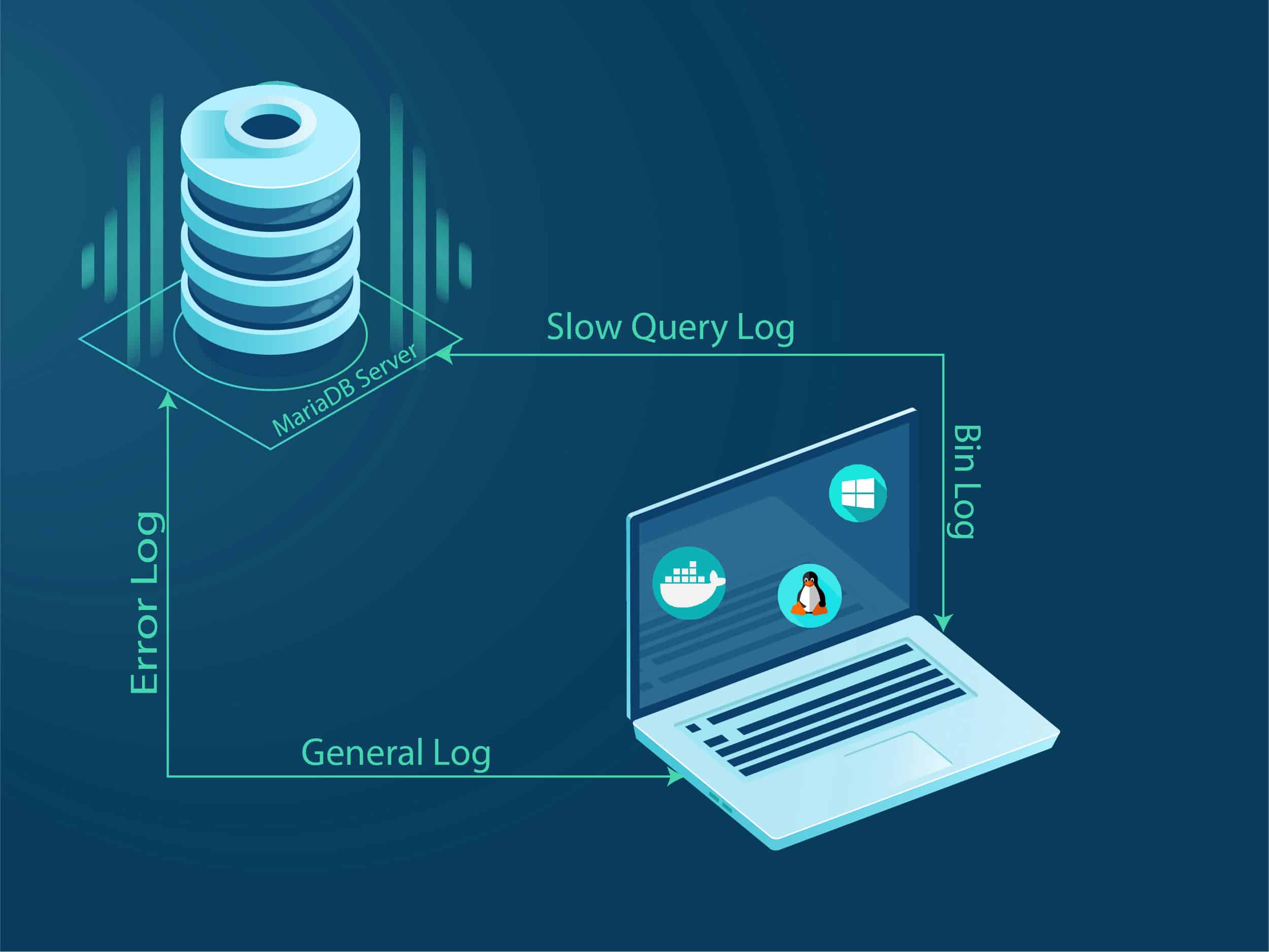Content
As expected, we are getting one passing, and two pending tests. Unit Testing Frameworks in Selenium This guidepost highlights some of the highly preferred language-specific unit testing frameworks in … Once, the unit testing is done, it is suggested to test the application end to end on real devices and browsers for identifying bottlenecks in the user experience. Using a real device cloud, like BrowserStack, allows you to test on 3000+ browser device combinations, under real user conditions. The Markdown reporter generates a markdown TOC and body for your test suite.
Also notice that the sum() call is wrapped in a function to test that an error is thrown when non-number arguments are passed. This is a requirement of the .throw()assertion, as specified in the Chai assertions documentation. ✅ Do any assertion, mock, or other test libraries you’re consuming use root hooks? They may need to be migrated for compatibility with parallel mode.
Adding New Assertions
It also supports parallel testing, which helps save time by running tests on multiple browsers and devices simultaneously. To maintain backwards compatibility, run your root hooks if and only if global.beforeEach exists. In parallel mode, Mocha does not guarantee the order in which test files will run, nor which worker process runs them. By default all files in the current directory having one of the extensions provided by –extension and not contained in the node_modules or .git folders are watched. You can choose to retry failed tests up to a certain number of times. This feature is designed to handle end-to-end tests (functional tests/Selenium…) where resources cannot be easily mocked/stubbed.
What is chai as promised?
Chai as Promised is an extension of that library specifically made to handle assertions with promises (as opposed to resolving them manually yourself).
You can see the entire list of available BDD Chai assertions here. The describe() function is a way to group tests in Mocha. You can nest your tests in groups as deep as you deem necessary. Describe() takes two arguments, the name of the test group and a callback function.
Setting up the project…
Causes Mocha to stop running tests after the first test failure it encounters. Corresponding “after each” and “after all” hooks are executed for potential cleanup. Given Mocha’s use of function expressions to define suites and test cases, it’s straightforward to generate your tests dynamically. Before Mocha v3.0.0, this.skip() was not supported in asynchronous tests and hooks. This is equivalent to appending .skip() onto all tests in the suite. A hook defined at the top scope of a test file is a root hook. Any hook can be invoked with an optional description, making it easier to pinpoint errors in your tests.
You can write multiple it() statements inside a describe() method. Now, before Mocha loads and runs your tests, it will execute the above global setup fixture, starting a server for testing. This won’t shut down the server when Mocha is done, however! To use it, load this file when running Mocha via mocha –require fixtures.cjs . Likely, you won’t be running very many exclusive tests, so you won’t see a great benefit from parallel mode anyhow. Depending on the number and nature of your tests, you may find a significant performance benefit when running tests in parallel (using the –parallel flag).
# Exclusive Tests
The OS may take extra time to schedule and complete some operations, depending on system load. For this reason, the timeouts of individual tests may need to be increased either globally or otherwise. These reporters expect Mocha to know how many tests it plans to run before execution. This information is unavailable in parallel mode, as test files are loaded only when they are about to be run. Unit testing means testing the behavior of code in small, independent units.
What is a cappuccino without chocolate called?
If you're a fan of chocolate and extra foam, a cappuccino is your beverage of choice. But if you enjoy your coffee with less foam and no chocolate, a latte is the way to go.
Again, use this.timeout to disable the timeout for a hook. This feature does re-run a failed test and its corresponding beforeEach/afterEach hooks, but not before/after hooks. Pending tests will be included in the test results, and marked as pending. When testing synchronous code, omit the callback and Mocha will automatically continue on to the next test. Ask your manager or marketing team if they’d help support our project. Your company’s logo will also be displayed on npmjs.com and our GitHub repository. Every assertion in a test case must be met in order for the test case to pass.
# Multiple Root Hooks in a Single Plugin
This helps the programmer to refactor the code and make it clean. Unit testing is the easiest way to improve the quality of your NodeJS applications since it helps in finding bugs and defects in your code. This leads to overall customer satisfaction and helps in gaining more trustworthy clients. Natural language assertions are chained together in this case as well. However, it extends each object with a should property to start the chain. Natural language assertions are chained together here. This is mainly used with non-descript topics such as booleans or numbers.
By default, Mocha will attempt to trap uncaught exceptions thrown from running tests and report these as test failures. Use –allow-uncaught to disable this behavior and allow uncaught exceptions to propagate. Suite-level timeouts may be applied to entire test “suites”, or disabled via this.timeout. This will be inherited by all nested suites and test-cases that do not override the value. With its default “BDD”-style interface, Mocha provides the hooks before(), after(), beforeEach(), and afterEach().









